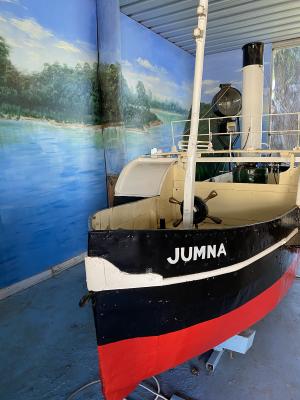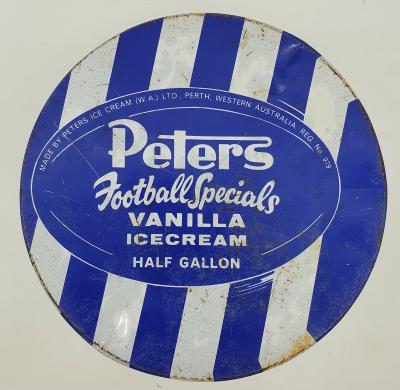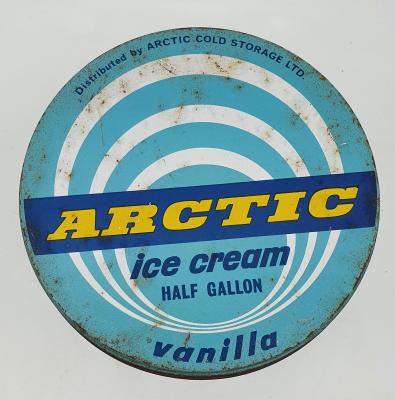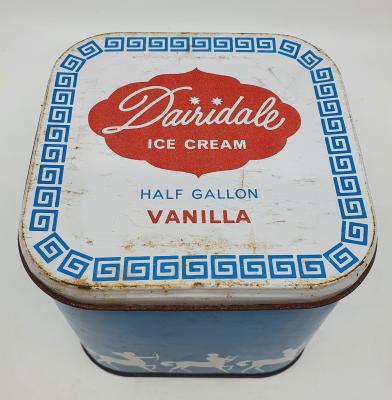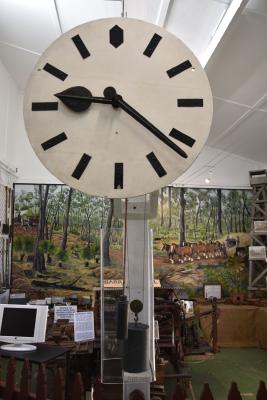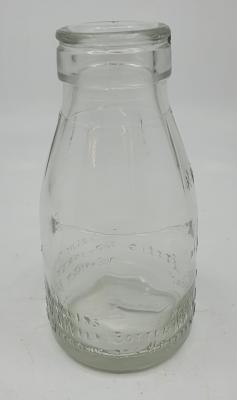Lister Electric Comb and Cutter Grinder
An electric grinder used to by shearers to sharpen shearing combs and cutters
R A Lister & Company was founded in Dursley, Gloucestershire, England, in 1867 by Sir Robert Ashton Lister (1845–1929), to produce agricultural machinery.
In 1889 Robert acquired the UK rights to manufacture and sell Danish engineer Mikael Pedersen's new cream separator, which through a spinning centrifugal separator allowed the machine to run at a constant speed and hence create a regular consistency of cream. Marketed in the UK and British Empire as "The Alexandra Cream Separator", its success resulted in Pedersen moving to Dursley. In 1899, he founded the Dursley Pedersen Cycle Company with Ashton Lister. Robert was a pioneer of business in Western Canada, and took the first cream separator in that region over the plains of Alberta in a journey made by horse buggy.
By the early 1900s, R.A. Listers had redesigned Pedersen's cream separator, expanded its lines of sheep shearing machinery, was producing milk churns and wooden barrels for butter, and from the off-cuts developed a successful line of wood-based garden furniture.
In 1909 the company acquired manufacturing rights from the London-based firm of F.C. Southwell & Co. for their design of petrol-driven engines which was derived from the design of a range of imported engines made by the U.S. based Stover Manufacturing and Engine Company.
In 1929 the first of Lister's own design of "CS" (cold start) diesel engine was made. With one cylinder and producing 9 horsepower (6.7 kW), it became known as the Lister 9-1. This was quickly followed by the 5-1, 10-2, 18-2 and 38-4, all in 1930; the 27-3 in 1931; and 3-1, CD and CE in 1933. Lister engines were traditionally painted a mid-range shade of Brunswick Green, which continues to be used today by Lister Petter.
Details
Details
Electric shears were an Australian innovation introduced in 1888. Their introduction significantly increased wool production rates by allowing more sheep to be shorn in a day and more wool to be shorn from each sheep.
A single engine powered several handsets and at the end of each day the grinder would be switched on for each shearer to sharpen the comb and cutters from their handset. Many shearers were very particular about their combs and cutters and most carried their own, some even had their own handsets and took them with them from shed to shed.
Other items from Busselton Historical Society
- Scale Model - Paddle Steamer "Jumna"
- Horse Drawn Tip Dray
- Fancy blue Sulky
- Simac No 2 Water Pump
- Post and Rail Fence
- Ice Cream Cake Tin - Peters
- Ice Cream Tin - Peters
- Ice Cream Tin - Peters Football Specials
- Ice Cream Tin - Arctic
- Ice Cream Tin - Dairidale
- Clock - handmade by Rev Canon Robert Davies
- Cream Bottle
Scan this QR code to open this page on your phone ->

